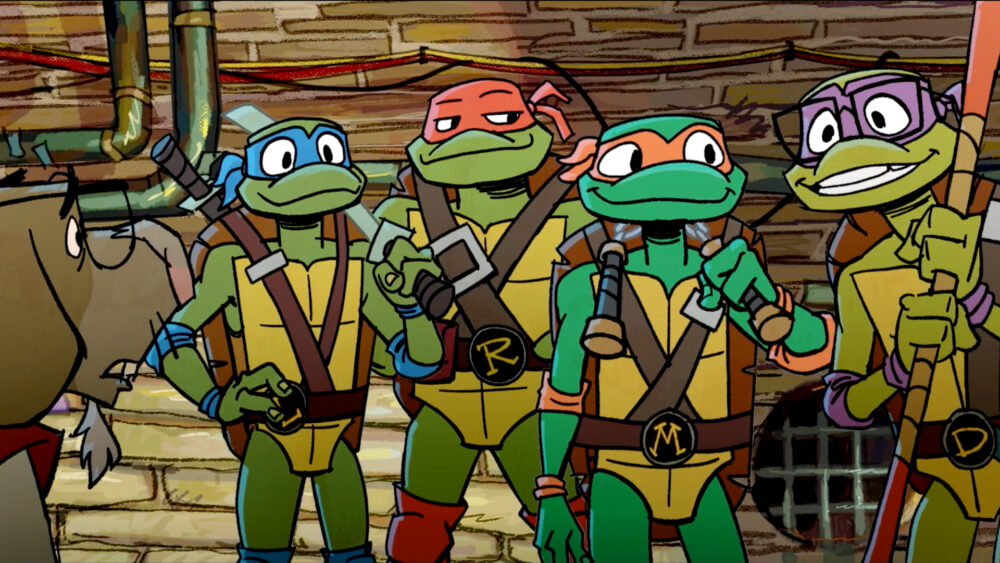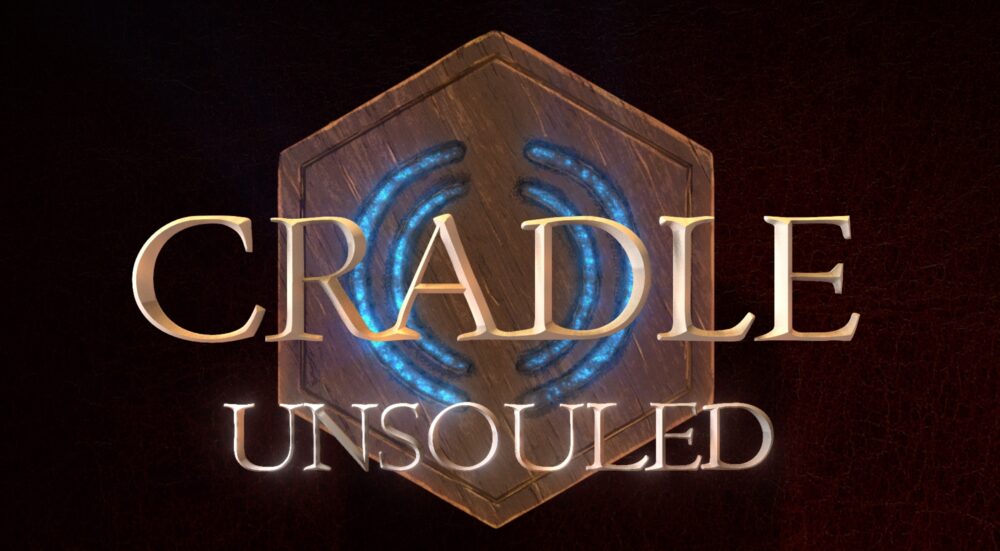Jason Ancona is the brains behind the wonderful new comedy Dr Cheapskate. Ahead of the film’s screening on Memorial Day, we caught up with Ancona to get the lowdown on the film, whether it’s hard to write laughs, and whether he enjoys producing or directing more.
Q:How would you sum up Dr Cheapskate?
It’s about a lonely, frugal guy hurt by a divorce and not ready to start dating again. He runs into an old classmate, who becomes a friend, and who challenges him to try to meet women, often against his wishes.
Q:Was it a film dictated by the resources and budget available to you or was it simply what you were interested in doing?
I’d say both. Definitely a lot of constraints in terms of what we could do with the budget we were working with. That being said, Dr. Cheapskate is a movie I really wanted to make. And I knew that I could keep the cast small and use a lot of locations I had access to, which helped stay within budget.
Q:Is it tough to write a comedy? Tough to find laughs?
I think writing comedy is tough because there are a lot of different types of humour: satire, silly, witty, dark, over-the-top. Some people like clever banter and others prefer fart jokes. Whereas drama is more straight forward. Yeah, it can be challenging to find laughs sometimes. I really enjoy situational comedy more than one-line jokes. Tried to create scenes in Dr. Cheapskate that were funny.
Q:What makes a good comedy, in your opinion?
Making people laugh or smile. Everyone has their fair share of real-life drama, and sometimes heavy, difficult things to deal with. To make someone laugh or smile is to give someone a moment of happiness.
As to my preference in humour, I enjoy the full spectrum of comedy. Everything from A Fish Called Wanda to Animal House to Dumb and Dumber. I cried laughing at the bathroom scene in Dumb and Dumber when Jim Carrey’s character Lloyd poisons Jeff Daniel’s character Harry with a laxative.
Q:Does a lot of it rely on your actors too? Does it take a certain type of actor to spur laughs?
Yes, it relies on good actors. Has to be believable. Think any good actor can do comedy well in a movie or TV show. But live comedy requires a gifted comedian: delivering jokes onstage, there are no second takes, and comic timing is key because there’s not an editing room to help with that. Look at the show Seinfeld, all the characters and actors are funny. All of them are great actors. Only one of them is great at stand-up comedy. Jerry Seinfeld has worked and honed that craft for decades.
Q:You’ve produced films before but this is the first one you’ve also directed. How different an experience was it?
It was different being able to direct. Loved the experience. You get to play in the world you create. Being able to tell the story in the way you envisioned it, is really cool. When you’re a writer or producer, it feels like you’re on the sidelines once shooting starts. When you’re directing, it feels like you’re the coach, getting to call the plays. Really liked being a coach.
Q:Can you tell us when we’ll be able to see the film and where?
We’re starting our film festival run. We’ll be playing at the Beverly Hills Music Hall on Memorial Day, Monday May 30th at 12:30pm as part of the Independent Film Showcase in Los Angeles.
At the Phoenix Comicon on Friday, June 3rd at 11:30am in the West Hall, room 102B. Will also be playing at the Laugh or Die Comedy Fest at the Landmark Cinema in Peoria, IL, at 12:15pm. Over the 4th of July weekend we’ll be playing in Miami at the Super Geek Film Festival, which is part of the Florida Comicon. We don’t have the exact date or time for that festival yet.

Events
Paramount+ Reveals Official Main Title Sequence for the Upcoming Series TALES OF THE TEENAGE MUTANT NINJA TURTLES

During the TALES OF THE TEENAGE MUTANT NINJA TURTLES panel earlier today at San Diego Comic Con, Paramount+ revealed the official main title sequence for the series. The sequence is composed by EMMY® nominee, Matt Mahaffey, known for his work on Sanjay and Craig, Rise of the Teenage Mutant Ninja Turtles, and Rise of the Teenage Mutant Ninja Turtles: The Movie and much more.
From the studios of the Mutant Mayhem film, the all-new Paramount+ original series TALES OF THE TEENAGE MUTANT NINJA TURTLES explores the adventures of everyone’s favorite pizza-loving heroes as they emerge from the sewers onto the streets of NYC. Leo, Raph, Donnie and Mikey are faced with new threats and team up with old allies to survive both teenage life and villains lurking in the shadows of the Big Apple. The series is produced by Nickelodeon Animation and Point Grey Pictures.
TALES OF THE TEENAGE MUTANT NINJA TURTLES is executive produced by Chris Yost (The Mandalorian, Thor: Ragnarok) and Alan Wan (Blue Eye Samurai, Rise of the Teenage Mutant Ninja Turtles, Teenage Mutant Ninja Turtles [2012 Series]). Production is overseen for Nickelodeon by Claudia Spinelli, Senior Vice President, TV Series Animation, Nickelodeon, and Nikki Price, Director of Development and Executive in Charge of Production.
In addition to the upcoming new series, stream all things Turtles on Paramount+.
Events
Comic-Con 2024: Those About to Die Activation
Events
DISNEY+ CASTS DANIEL DIEMER AS FAN-FAVORITE ‘TYSON’IN SEASON TWO OF “PERCY JACKSON AND THE OLYMPIANS”

in Hall H at San Diego Comic-Con, Rick Riordan and Disney+ revealed that Daniel Diemer (“Under the Bridge”) will star as fan-favorite cyclops “Tyson” in the epic adventure series “Percy Jackson and the Olympians.” Diemer joins Walker Scobell (Percy Jackson), Leah Sava Jeffries (Annabeth Chase) and Aryan Simhadri (Grover Underwood) as a series regular. The Disney+ Original series from Disney Branded Television and 20th Television will start filming its second season next week in Vancouver.
Season two of “Percy Jackson and the Olympians” is based on the second installment of Disney Hyperion’s best-selling book series titled “The Sea of Monsters” by award-winning author Rick Riordan. In the new season, Percy Jackson returns to Camp Half-Blood one year later to find his world turned upside down. His friendship with Annabeth is changing, he learns he has a cyclops for a brother, Grover has gone missing, and camp is under siege from the forces of Kronos. Percy’s journey to set things right will take him off the map and into the deadly Sea of Monsters, where a secret fate awaits the son of Poseidon.
Diemer stars as Tyson – a young Cyclops who grew up all alone on the streets, and finds it difficult to survive in the human world. Shy and awkward, with a heart almost as big as he is, Tyson soon discovers that Poseidon is his father, which means Percy Jackson is his half-brother… and that Tyson may have finally found a home.
Diemer recently starred in the Hulu limited series “Under the Bridge” based off the critically acclaimed book of the same name and a tragic true story of a missing teen girl in Vancouver in 1997. He will next star in the indie “Thug” opposite Liam Neeson and Ron Perlman for director Hans Petter Moland. Daniel was recently seen as the lead in the indie “Supercell” opposite Alec Baldwin and Skeet Ulrich and the lead in the film “Little Brother” opposite Phil Ettinger and JK Simmons. Daniel can also be seen in the Netflix series “The Midnight Club” and recently starred as the male lead in the breakout hit Netflix feature “The Half Of It” from producer Anthony Bregman and director Alice Wu. He is a graduate of Victoria Academy of Dramatic Arts in Vancouver.
Created by Rick Riordan and Jonathan E. Steinberg, season two of “Percy Jackson and the Olympians” is executive produced by Steinberg and Dan Shotz alongside Rick Riordan, Rebecca Riordan, Craig Silverstein, The Gotham Group’s Ellen Goldsmith-Vein, Bert Salke, The Gotham Group’s Jeremy Bell and D.J. Goldberg, James Bobin, Jim Rowe, Albert Kim, Jason Ensler and Sarah Watson.
The first season of “Percy Jackson and the Olympians” is available on Disney+
-

 Interviews1 day ago
Interviews1 day agoInterview With Heroes & Villains Creative Director Doug Johnson
-

 Streaming1 day ago
Streaming1 day agoApple TV+ announces season two for delightful kids and family series “Camp Snoopy
-

 Events1 day ago
Events1 day agoThat’s My E Coverage Of The Adult Swim’s Pirate Parrrty
-

 Events10 hours ago
Events10 hours agoParamount+ Reveals Official Main Title Sequence for the Upcoming Series TALES OF THE TEENAGE MUTANT NINJA TURTLES
-

 Events13 hours ago
Events13 hours agoDISNEY+ CASTS DANIEL DIEMER AS FAN-FAVORITE ‘TYSON’IN SEASON TWO OF “PERCY JACKSON AND THE OLYMPIANS”
-

 Events13 hours ago
Events13 hours agoComic-Con 2024: Those About to Die Activation
-

 Interviews14 hours ago
Interviews14 hours agoComic-Con 2024: Will Wight’s Cradle


